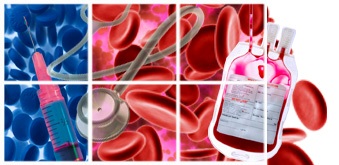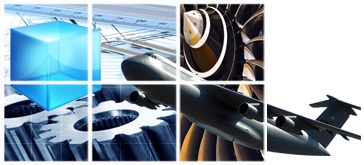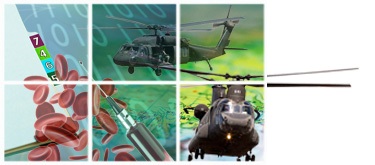SLAM takes a systems dynamics approach to cost modeling for the U.S. Navy’s early-stage life-cycle cost estimation. This innovative approach combines discrete, linear, and hierarchical cost-estimating methods with activity based costing and non-linear system dynamics modeling tools to create cost models that refine themselves.
Cost estimating methodologies and tools currently used by the U.S. Navy do not accurately determine the impact of early-stage design decisions on either acquisition or life-cycle sustainment costs. Early-stage cost estimation in ship building is an inherently difficult task due, in part, to the absence of firm definitions for specific ship components, including those for the structural design, propulsion system design and components, combat system design and components, and most auxiliary systems definitions. Many of these details, in fact, are not known until later design stages.





